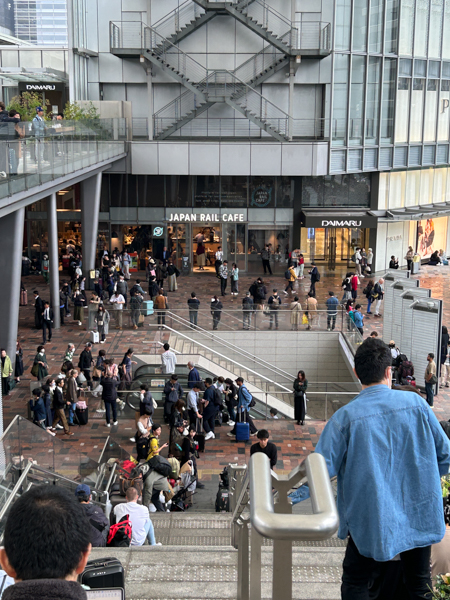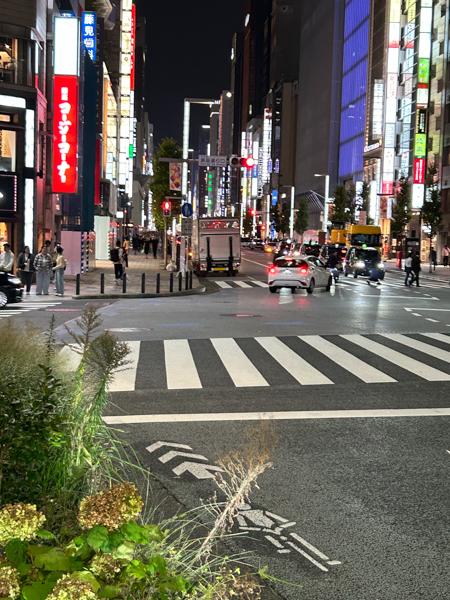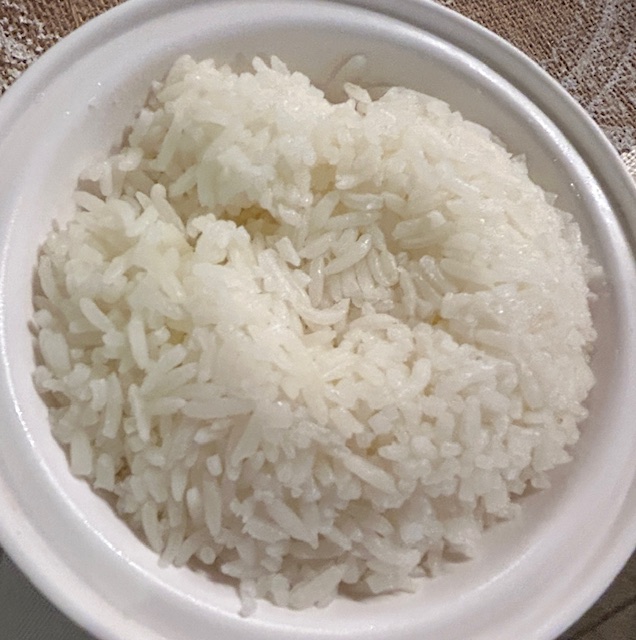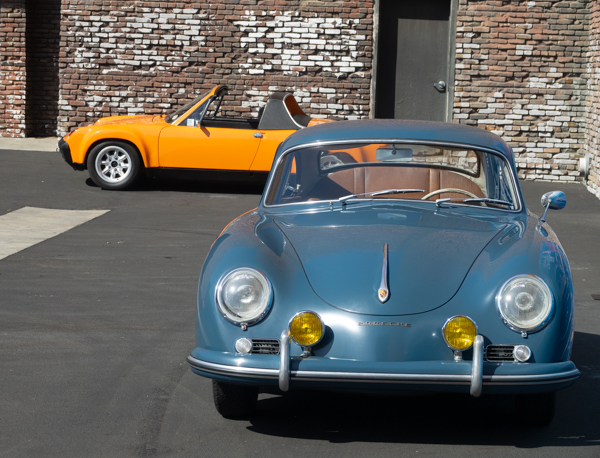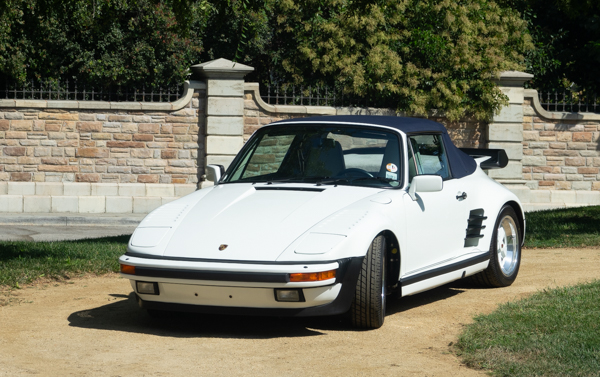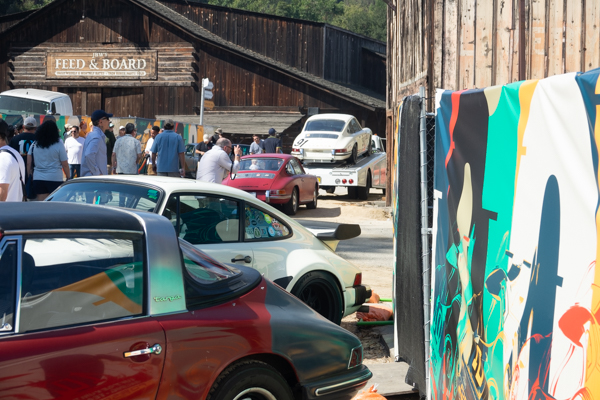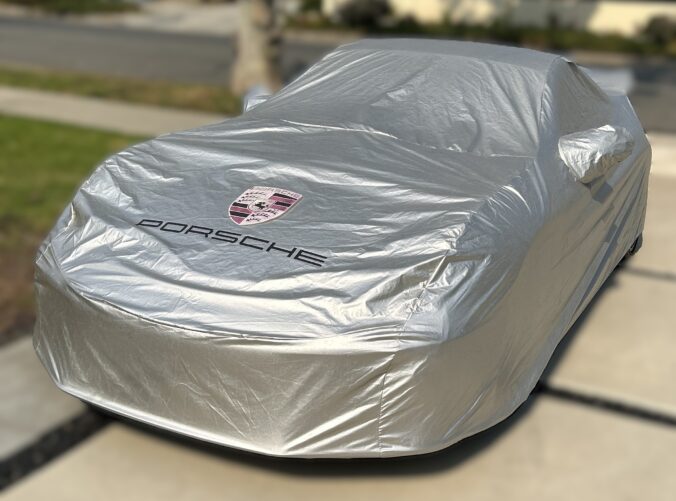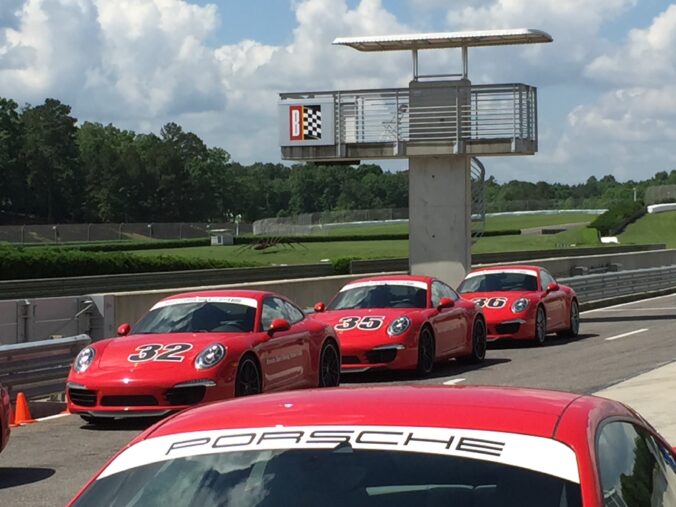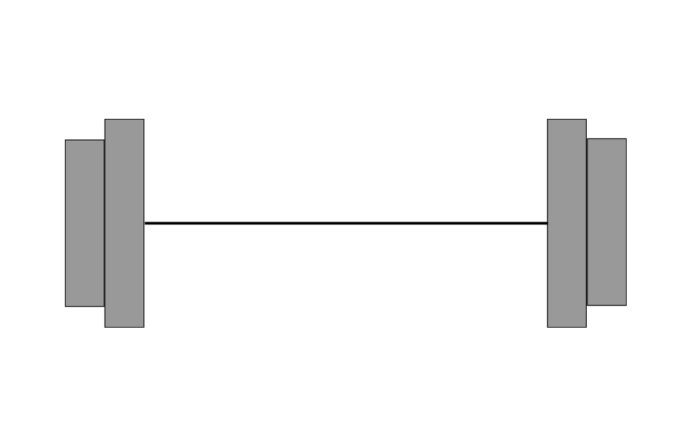The day dawned rainy. Apparently, Tokyo was on the periphery of a typhoon. Justin thought we should spend most of the day indoors, so we grabbed our foul weather gear and walked to Tokyo Station, which was a couple of blocks away. I was doing my lemming routine, just watching the back of Justin’s head and trying to stay in contact with the group. I really had no idea of how we got to Tokyo Station, but I would fix that the following day.

The station, the largest in Tokyo, had shopping, lots of shopping, in the building above its tracks. My client is in the food business, so we spent hours wandering around looking at food, both raw and cooked. The first place we went had a display case filled with wagyu beef slices. I was astounded to learn that the price of this most fatty of beef was approximately $120 per pound, I was speechless, gobsmacked even, wondering why anyone would ever buy it at this store and how fast the store would be out of business. I will never know, as we moved on before I could ask.
We wandered for quite some time. It was fun to stroll through Ramen Alley, watching the flow of customers as they ordered, paid, and then waited in line for their food and table. We also perused many Japanese character stores. I hoped to see one I recognized, but that was not the case. I guess I am just too damn old to know about them.

After that it was time to regroup and get some lunch. Justin suggested we go to Shibuya, an area that has the world’s busiest pedestrian intersection, ramen shops and karaoke bars. Justin expertly guided us onto a train, and soon we emerged onto crowded streets and big buildings. It looked like the rest of Tokyo to me.
Then I saw the intersection made famous in countless movies, including Fast and Furious: Tokyo Drift and Lost In Translation. I chuckled to myself, as I watched people crossing. It was just like many intersections in Beverly Hills, where pedestrians crossed in all directions at once. For the first time since leaving home, I felt right at home.

Crossing the Shibuya intersection would be trying in dry weather. Doing it in the rain was an outright challenge. The rain turned a two-dimensional issue into a three-dimensional one, as we had to avoid umbrellas as well as people. Crossing turned out to be my favorite 30 seconds of the day.
We got to the Ramen shop and ate lunch. I was pleased because I had the option of eating mine with a chicken broth, as I find that less oily than the traditional pork-based broth. Either way, the ramen was great, much better than the ramen I had had back in Los Angeles. So, I was feeling pretty good about Japanese cuisine by then, having passed my sushi, shabu shabu and ramen tests without resorting to an inordinate number of rice bowls.

Then we headed to the karaoke bar. I am not a karaoke guy. Musical talent runs through the DNA strands of my family. It just must be somewhat tangled in my DNA, though. I cannot sing or play instruments. Sadly, I can discern with ease when a note is off-key, making karaoke both tough to listen to and tough to do.
Justin rented a private room for the nine of us, as his daughter, Ellie, joined us for the afternoon. He said, “We only had two hours in the room. So, make the most of it.” It sounded like an eternity to me. I thought that we had way too much time to embarrass ourselves. I should have known better. Justin was right. We could have used more time.
Everyone had a blast and sang—even me. There I was shocking myself again, still not realizing what the smack down while landing had done to my inhibitions. Eventually, I would figure it out.
After about an hour, while I was playing around with the karaoke control device and not watching the singer, I heard vocals that were so pure, so perfect that I thought there was a way to get the song’s vocal soundtrack to play out of the karaoke device. There wasn’t. When I looked up, I was shocked to see that the singer was, Ellie, Justin’s daughter. She has a performing arts background and is quite an accomplished singer. She was kind enough to have waited for at least an hour to start singing. If she had started earlier, we may all have been too embarrassed to sing.
Near the end of our time, I was shocked again. Justin was singing a Japanese pop song in fluent Japanese. I was not surprised that he was singing in Japanese. He is speaks the language like a native. What surprised me was how professional he sounded, not missing a note. I couldn’t believe it. I mean, he was as off-key as the rest of us when he sang non-Japanese pop and rock songs. The Japanese scales must hit his range just right. He sounded great, I would have paid to listen to him.
All too soon, our time ran out. It was pouring as we sloshed our way back to the train station. Once again, I dropped into lemming mode and trudged at the rear of the group, maintaining my focus on the back of Justin’s head. He got us on the right train and off at the right stop. Soon, and somewhat miraculously, we were back at our hotel.
Before we went to our rooms, Justin told us that we were going to a yakitori—grilled chicken skewers—restaurant for dinner.
As we dodged raindrops and walked to dinner, I was feeling pretty smug. I thought my dependence on rice bowls was not going to materialize that day. As it turned out, that was a tad optimistic, but I enjoyed the meal.
On the walk back, Pam and I stopped at a Seven Eleven store and bought candy. Asia has quite the selection of KitKat bars, and we bought most of what was on the shelf. We had a yen to spend our yen before we left Japan.
